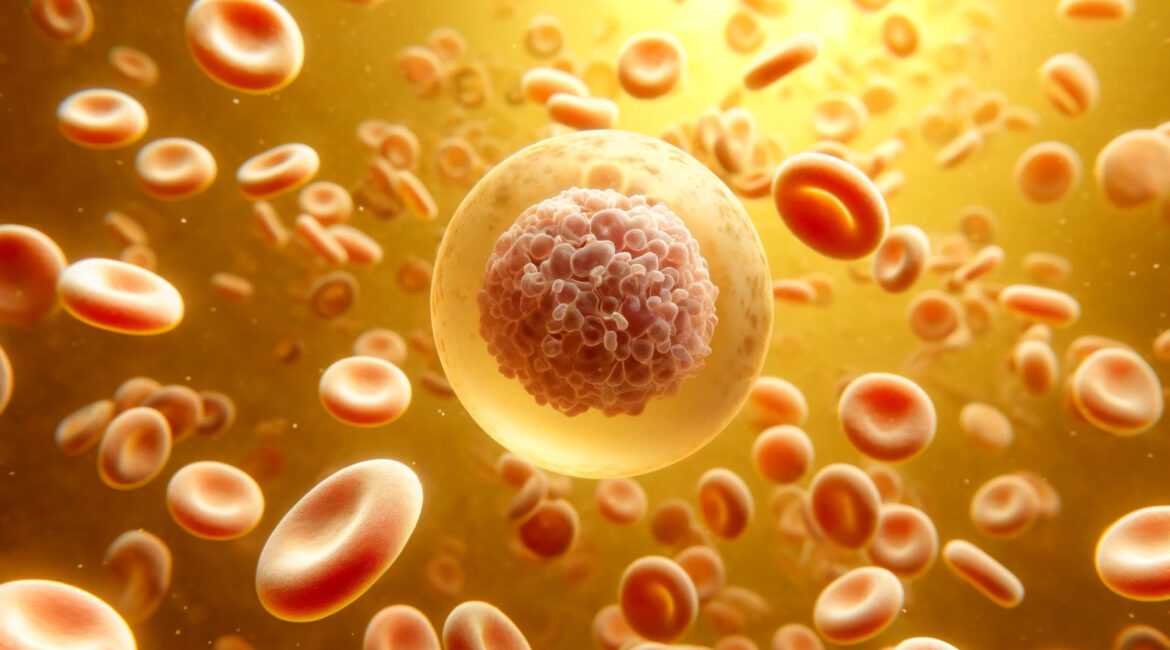Platelet Rich Plasma (PRP) treatment has gained significant attention in recent years for its potential in healing and regenerative medicine. Used by athletes, individuals with chronic pain, and those seeking a natural approach to recovery, PRP offers a promising alternative to more invasive procedures. But what exactly is PRP, and what are its benefits? Let’s delve into the science behind this innovative treatment.
What is Platelet Rich Plasma (PRP) Treatment?
PRP treatment involves using a concentrated form of platelets derived from a patient’s own blood. Platelets are a type of blood cell that play a crucial role in healing, as they contain growth factors that stimulate tissue repair and regeneration. The process of PRP treatment typically involves the following steps:
- Blood Collection: A small amount of blood is drawn from the patient.
- Centrifugation: The blood is then placed in a centrifuge, which spins at high speeds to separate the plasma and platelets from other blood components.
- Concentration: The plasma, now rich in platelets, is collected and prepared for injection.
- Injection: The concentrated PRP is injected directly into the area of injury or pain to promote healing.
Benefits of PRP Treatment
PRP therapy is lauded for its ability to accelerate the healing process, making it a popular choice for treating various musculoskeletal conditions. Some of the key benefits include:
Enhanced Healing: PRP has been shown to speed up the recovery of tendons, ligaments, muscles, and joints. It is especially beneficial for chronic injuries that have been slow to heal with traditional methods.
Reduced Inflammation: The growth factors in PRP help to reduce inflammation, which can be particularly helpful for patients with arthritis or other inflammatory conditions.
Natural Approach: Since PRP is derived from the patient’s own blood, the treatment is considered safe with minimal risk of allergic reactions or rejection.
Pain Relief: PRP injections have been found to provide significant pain relief, especially in cases of osteoarthritis, tendonitis, and other degenerative joint conditions.
Minimally Invasive: Unlike surgery, PRP treatment is a minimally invasive procedure, making it an attractive option for those looking to avoid more extensive interventions.
Medical Studies Supporting PRP Treatment
Numerous studies have explored the effectiveness of PRP treatment in various medical contexts. For instance:
- A study published in the American Journal of Sports Medicine found that PRP injections significantly reduced pain and improved function in patients with chronic tendon injuries .
- Another study in the Journal of Clinical Orthopaedics and Trauma reported that PRP treatment enhanced healing in patients with knee osteoarthritis, leading to better outcomes compared to other non-surgical treatments .
- Research published in The Journal of Pain also highlighted PRP’s potential to reduce chronic pain, making it a valuable tool in pain management .
Conclusion
Platelet Rich Plasma (PRP) treatment is a powerful, natural solution for those seeking to enhance healing and manage pain. Backed by scientific research, PRP offers a safe and effective option for treating various conditions without the need for surgery or prolonged use of medications. If you’re dealing with a chronic injury, arthritis, or other musculoskeletal issues, consider PRP therapy at LA Health Solutions as part of your treatment plan.

